Design Installation Changes Its Stage on Lighting
Floating, lighted bodies in the Turkey Pavilion Emotional Reflections: The Soul of Seven Horizons react to surrounding Bosphorus noises, producing a constantly developing light-sculpture that feels the 7 hills of Istanbul.
The pavilions at the Biennale were some of the examples of innovative use of lights to send messages and express emotion. Importantly, the Turkish pavilion called: “Emotional Reflections: The Soul of the Seven Horizons” the artist Halise Karakaya took the strangers, visitors into a multi-sensate celebration of Istanbul. The fifteen sculptural forms are suspended by the ceiling and animated to react to sound: an audio-reactive LED array makes upper sculptural forms flash when the ferry horns and seagull call out grow more intense, and reveals the lower ones when the sound level lowers, “causing the installation to move to a different emotional state of being”. This choreographed movement of light, sound and even smell takes the shape of the spirit of Istanbul with technology and art in a beautiful and perfect fusion. The outcome is the kind of sensory room where light, motion and sound clash, and it is literally incorporated into the theme of the Biennale by bringing the invisible (sound, memory) into view through light.
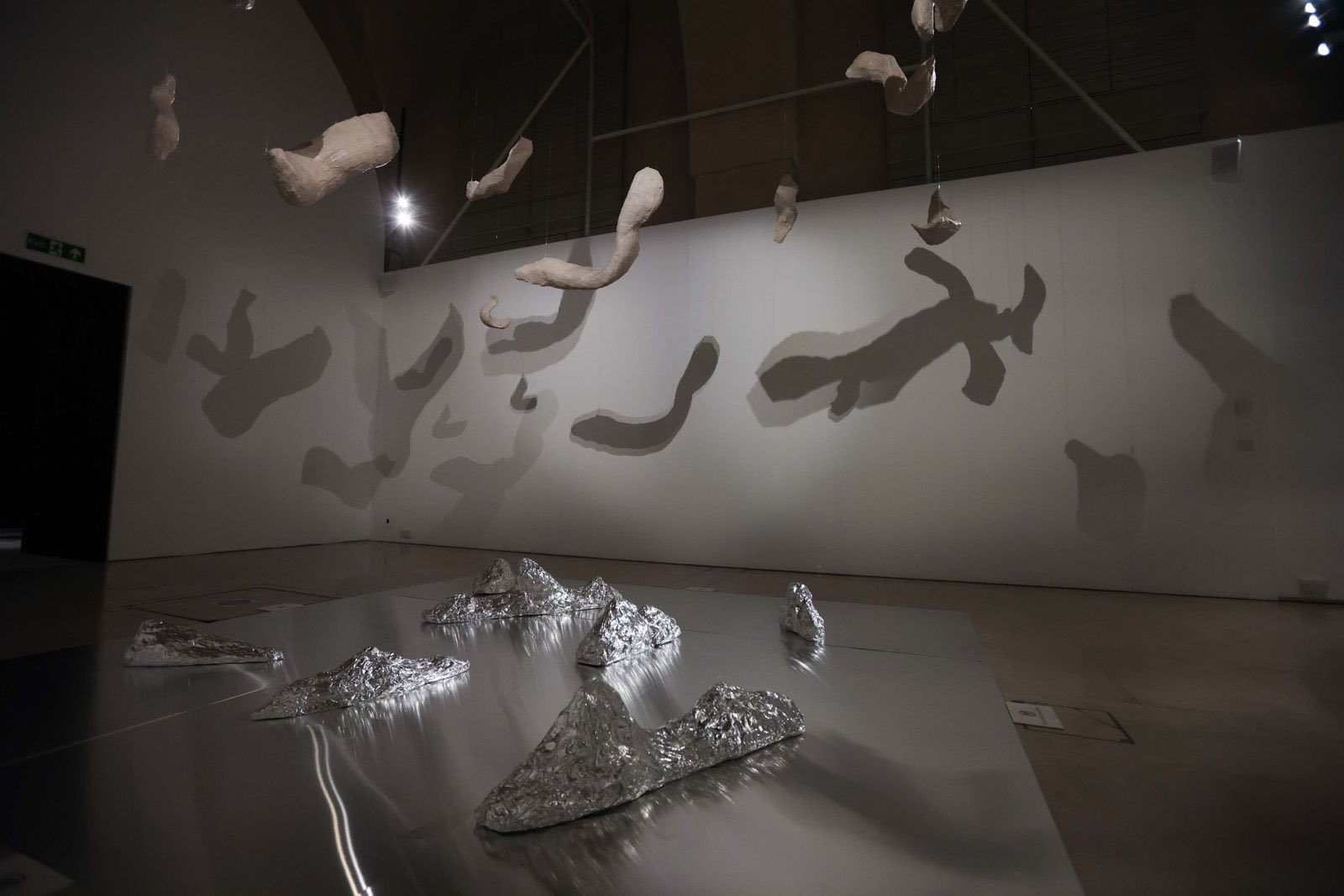
Other structures were calmer yet also dependent on lighting to create an effect. Japan Paper Clouds: Materiality in Empty Space embodied in Washi paper forms which transparently flourished through a historic stairwell to enjoy the qualities of the Washi material; form, tactility and transparency. This is where soft lighting was crucial – the cloud-like shapes made of the paper sculptures were exposed to the soft, gentle lights highlighted the patterns designed by the fibers used and appeared to shine with the feeling of easy lightness.
With a softly melodic background played by violin, the installation transformed the Nelson Stair into a meditative room made by the effects of light, texture and action, where the shadows made by changing daylight and spotlights were always different due to the use of semi-translucent paper.
The harmonization of powdery radiance and shadow provided animation to the room, which showed the way that even a small amount of properly deployed light could reveal the poetic aspects of material. In the same fashion, Argentina had a piece titled the SUR ANDINA that combined traditional fabrics with projections of lights that created an illusion of 3,500 km of the Andes region that used light to create dawn-dusk feelings as well as incorporating ancestral procedures into the current designs.
Through these examples and others, in the Biennale as a whole it was not an add-on but a key to successful interaction, with all the high-tech interactivity on the one hand, and sculptural presence on the other, showing off each pavilion story and visitor experience.
Designer: Halise Karakaya
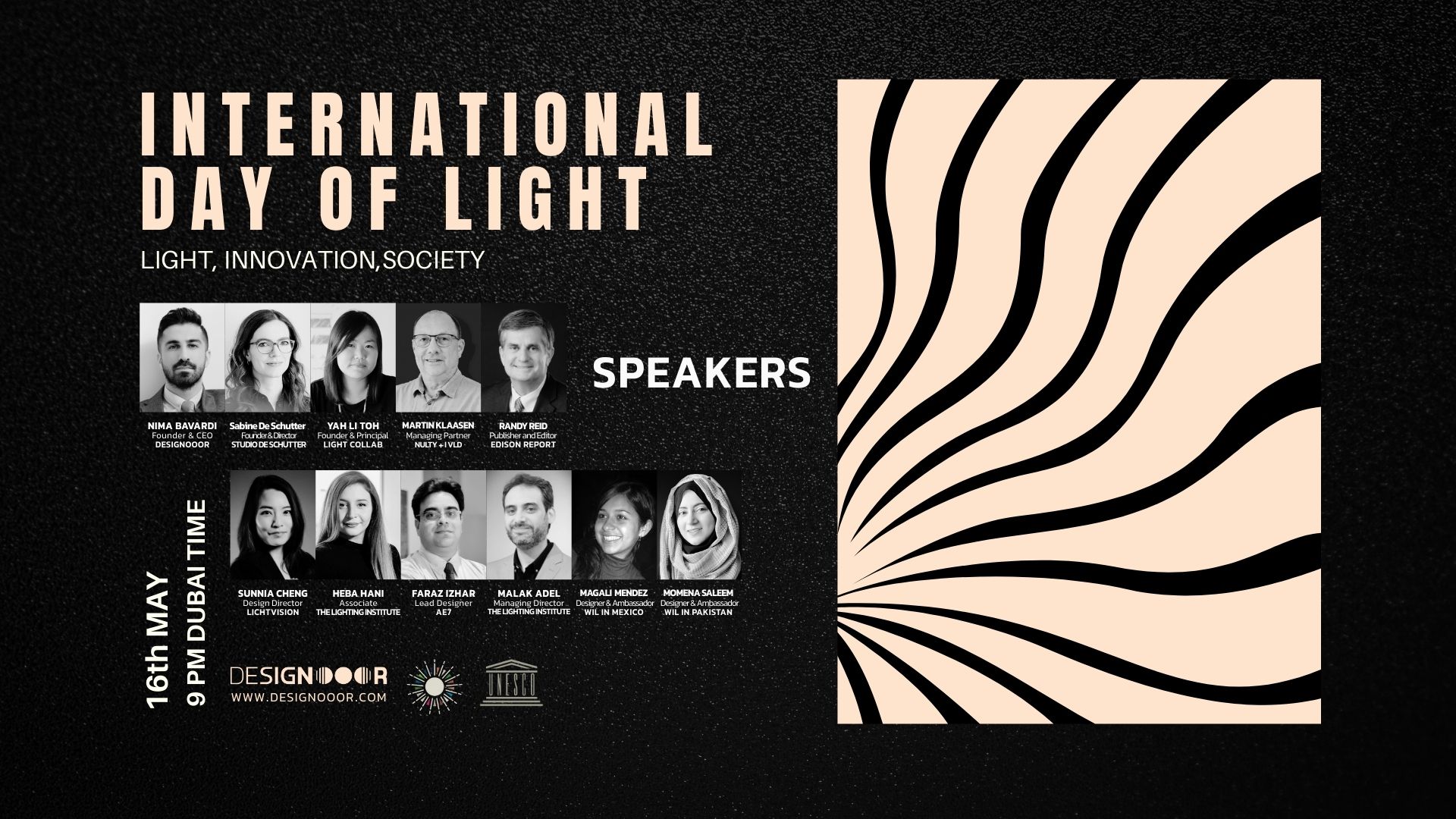



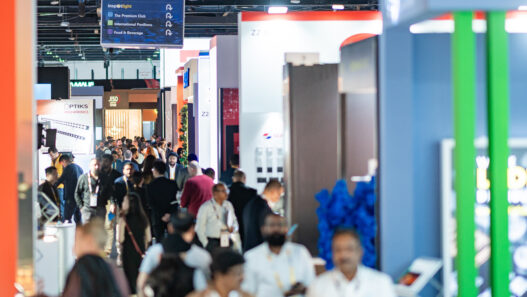

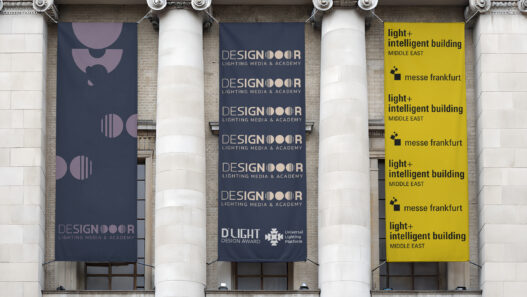

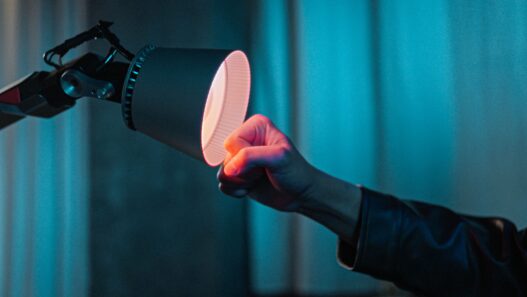


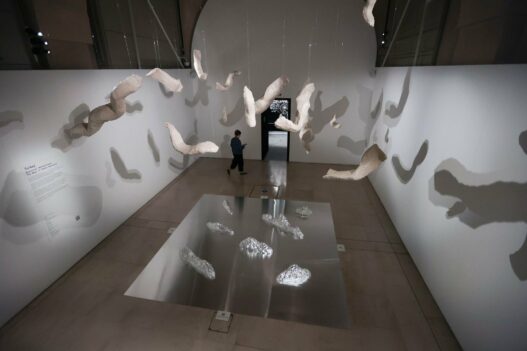
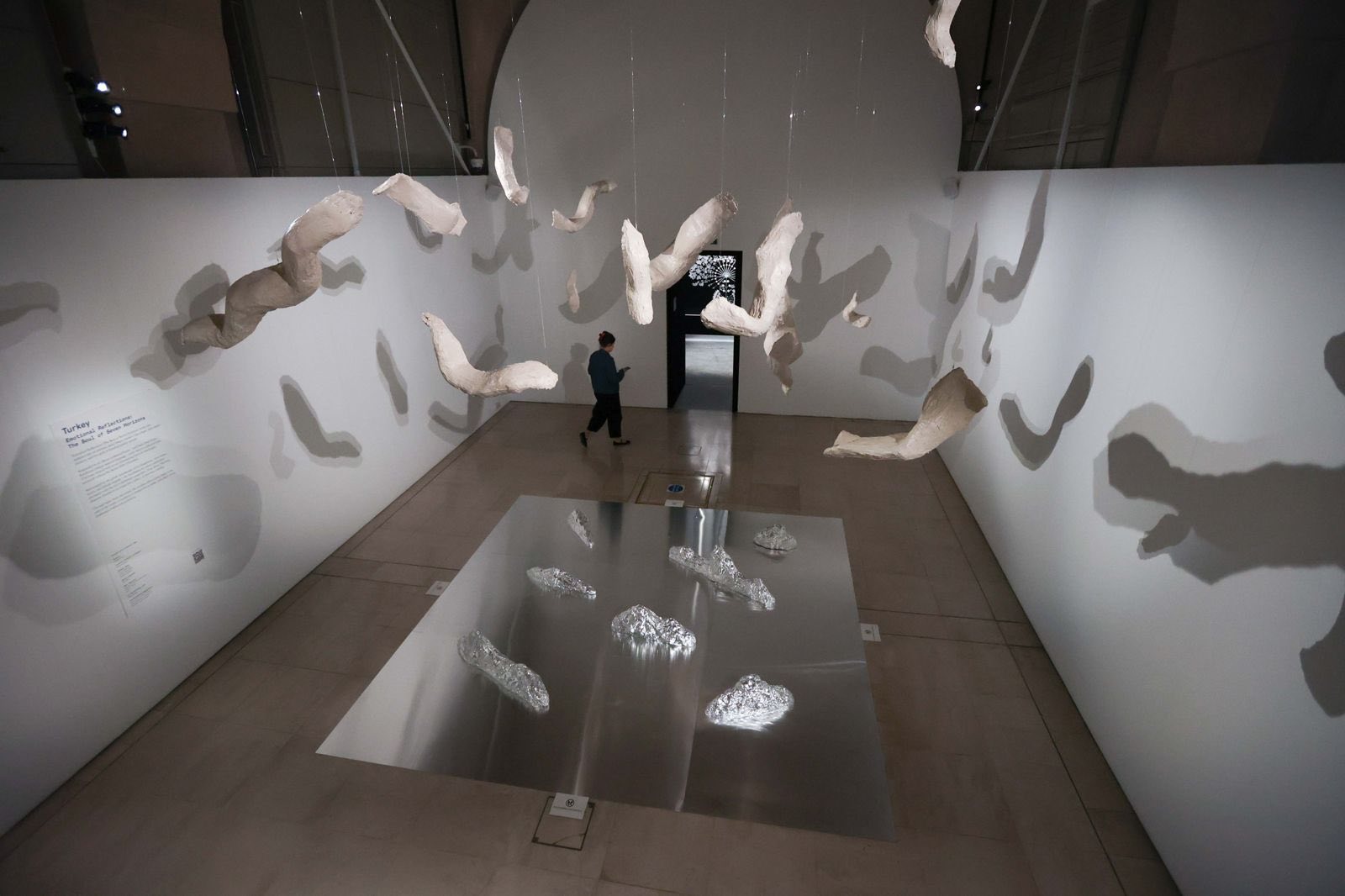





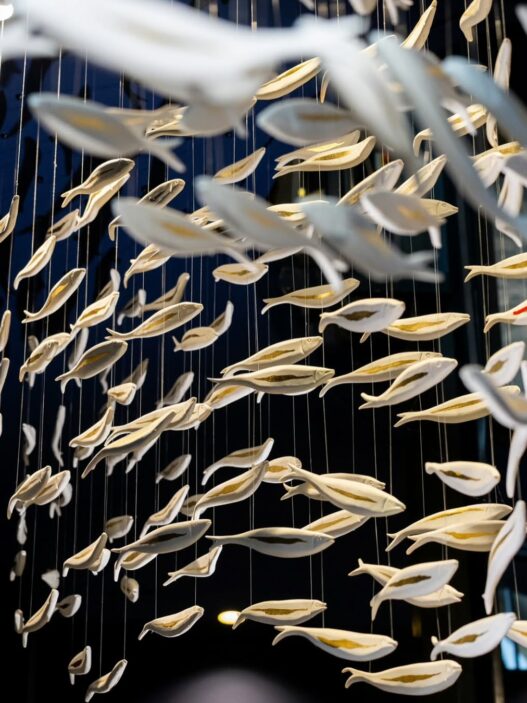
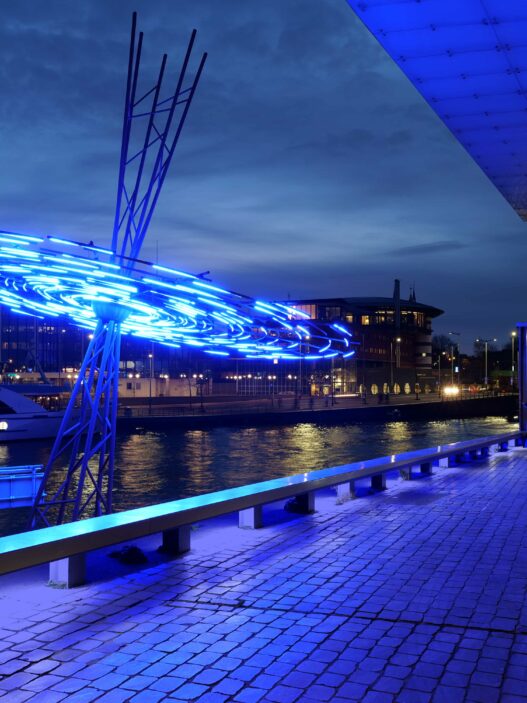
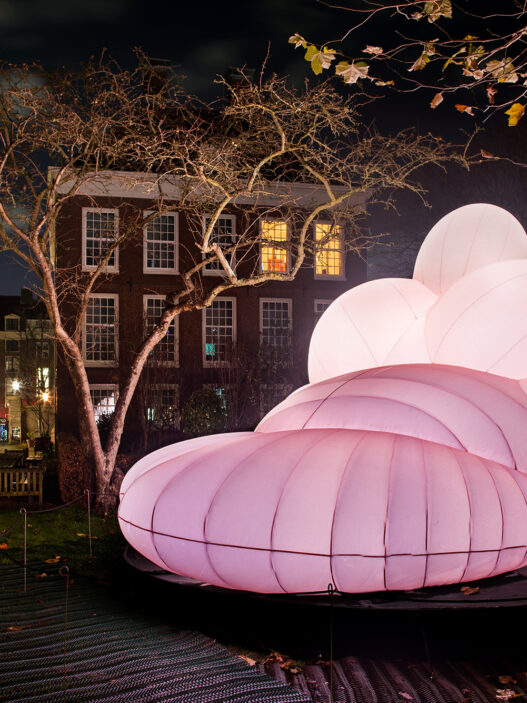
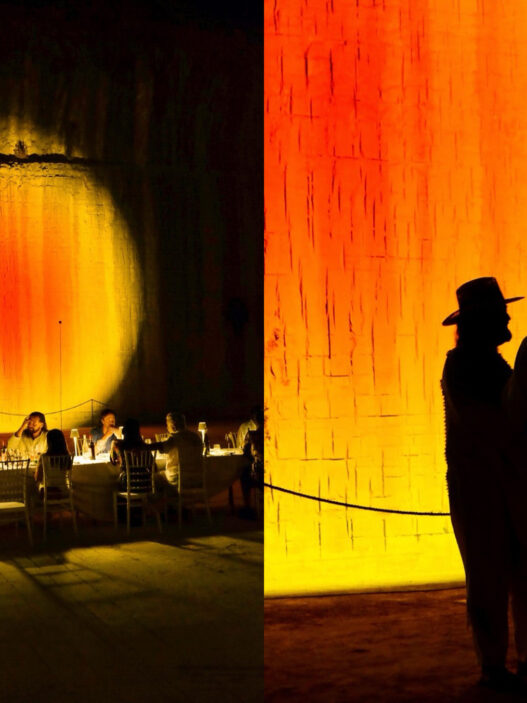
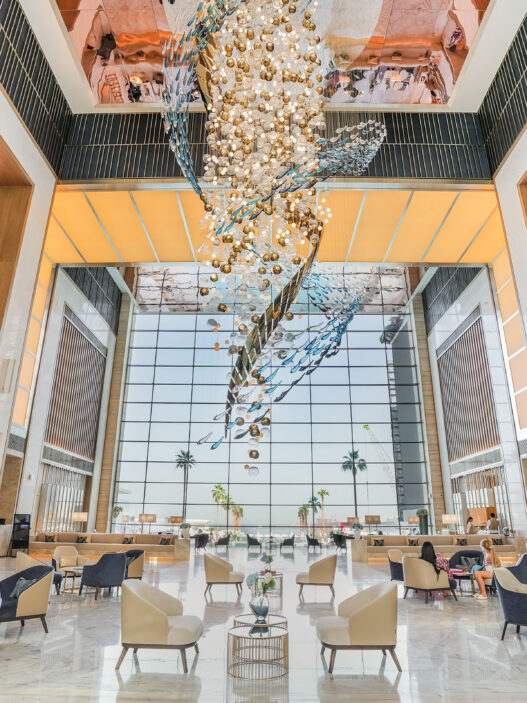
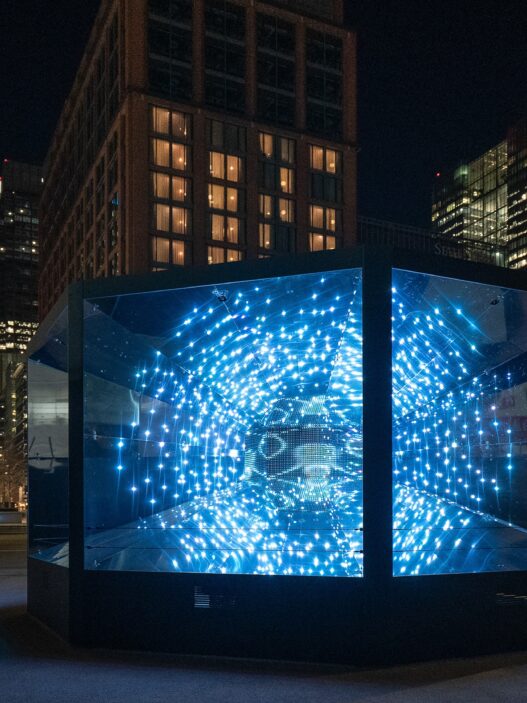
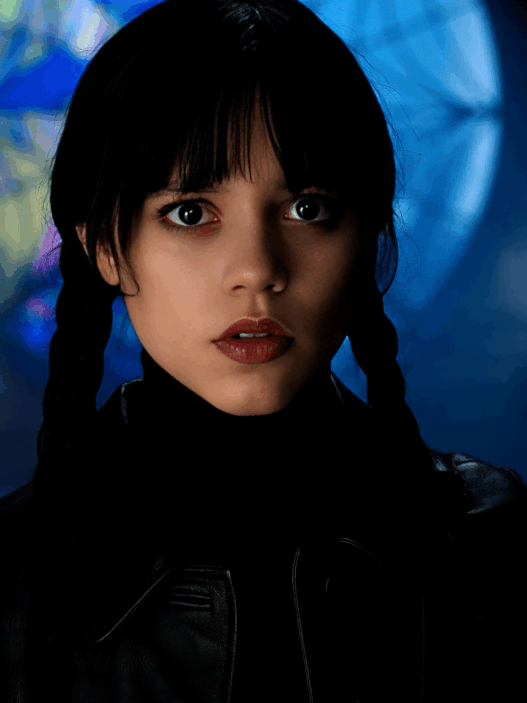

[…] Emotional Reflections: The Soul of Seven Horizons Read Now Dark Mode Light Mode 🌍 International Day of Light 2025 | LIVE Panel💡 View on Youtube Nooor Talks Nooor Talks […]